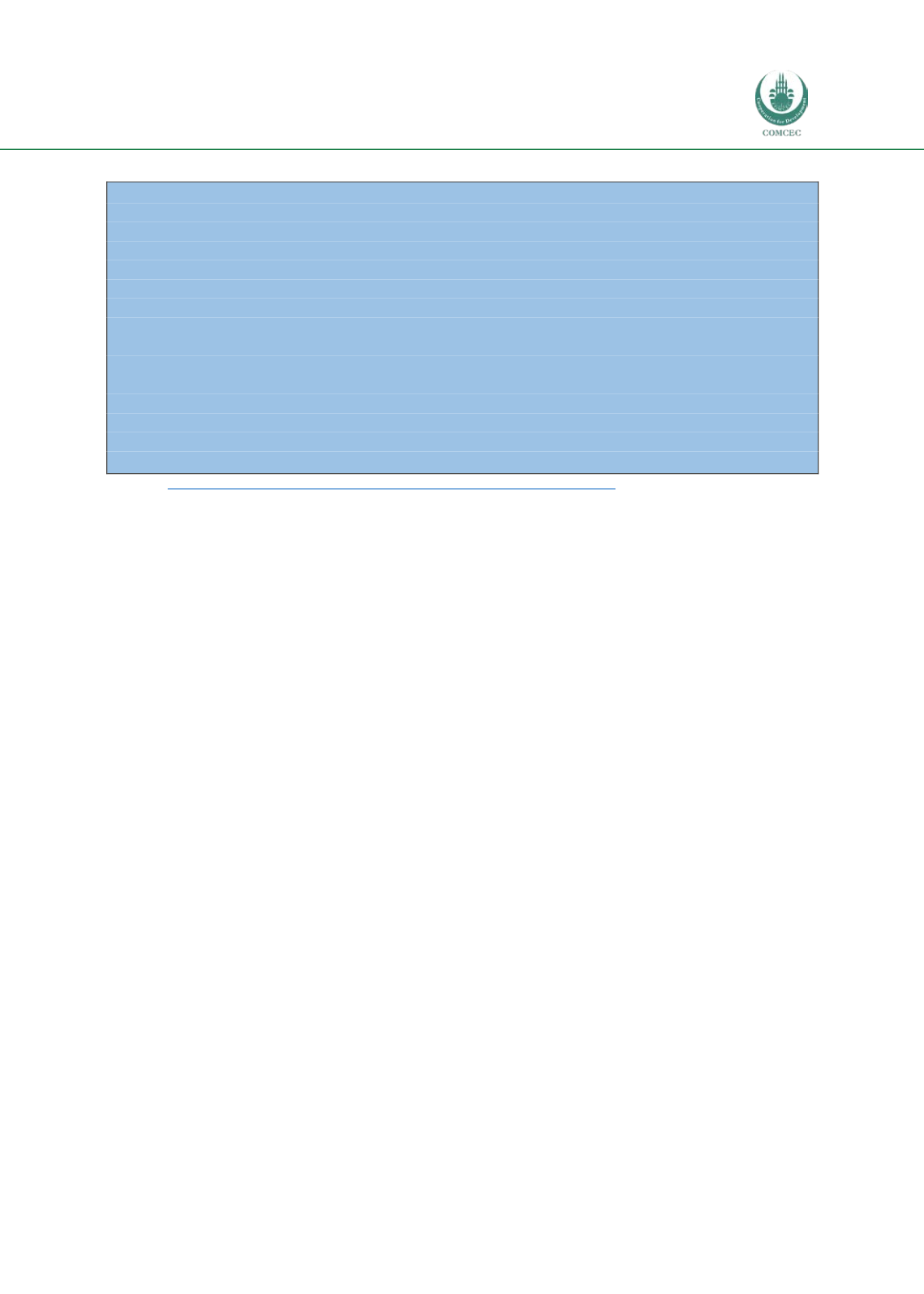

Improving Agricultural Market Performance:
Developing Agricultural Market Information Systems
101
Box 12: FEWSNET Reports: Maize Supply and Weather Update in East Africa in Sept 2017
In
East Africa, maize supplies are generally below average,
causing above-average prices across
most of the region. Staple food price levels are especially high in South Sudan. Markets remain
severely disrupted by insecurity and significant macroeconomic issues in Yemen and South Sudan,
impeding staple food supply access. Harvests are ongoing in Somalia, Tanzania and Uganda, and are
about to begin in Kenya. Supplies are seasonally low in Ethiopia and Sudan as the lean season
progresses.
Rainfall:
Last week, average rainfall was recorded over the Greater Horn of Africa. Light to locally
moderate rain fell over western Ethiopia and eastern Sudan. The largest (>25mm) rainfall totals were
recorded throughout southern Sudan and North-Eastern South Sudan. Since August, positive rainfall
anomalies dominated Eastern Africa, with seasonal surpluses, exceeding 100mm across eastern
Sudan and western Ethiopia. The frequent and above-average rain over the past several weeks has
benefited ground conditions over most areas, but also caused flooding. Next week, moderate to
heavy rainfall is forecast over South Sudan, northern Uganda, western Kenya, and southwestern
Ethiopia. Light to moderate rain is also expected over central Somalia.
Source
: http://fews.net/sites/default/files/documenst/reports/eastafrica.marketThe Analysis, Monitoring and Evaluation Unit of the World Food Programme (WFP) in Uganda
uses the FEWSNET information along with price data collected by its staff at its Sub Offices and
other major urban markets to produce its Monthly Market Monitor (Figure 40). The report
focuses on assessing food insecurity risks and forms the basis for consultations with other
donors such as USAID as well as the Government of Uganda on actions which need to be taken
to mitigate such risks.


















